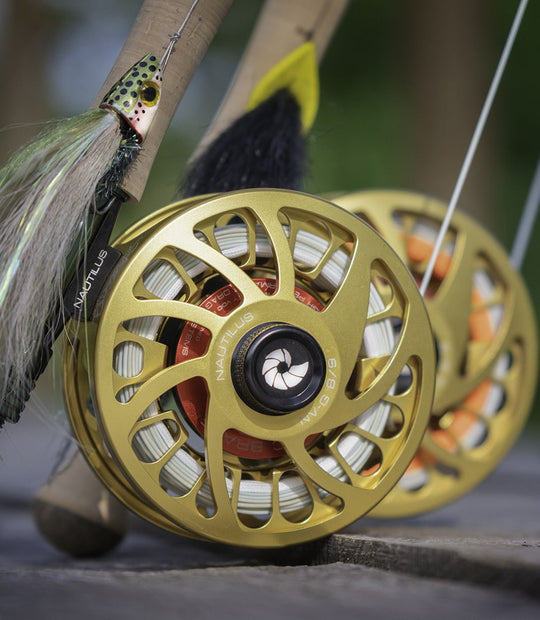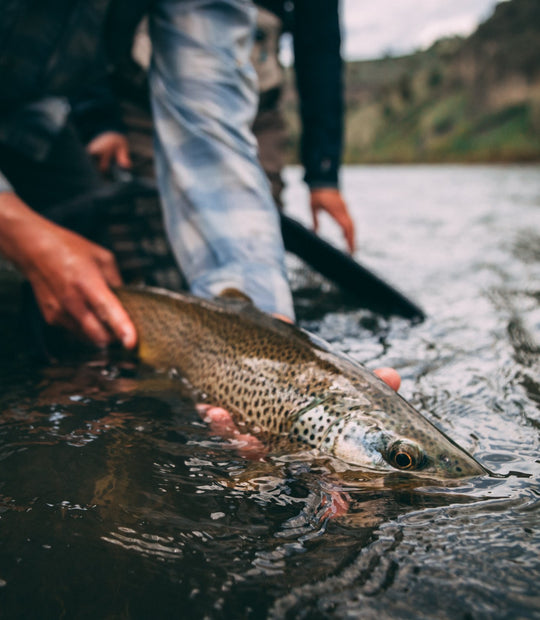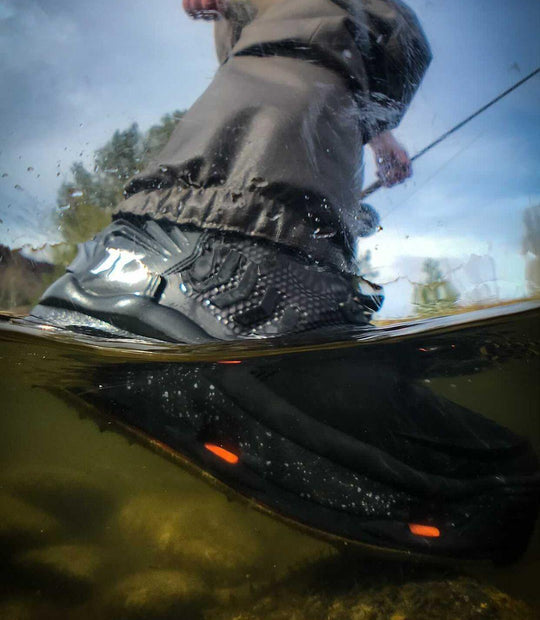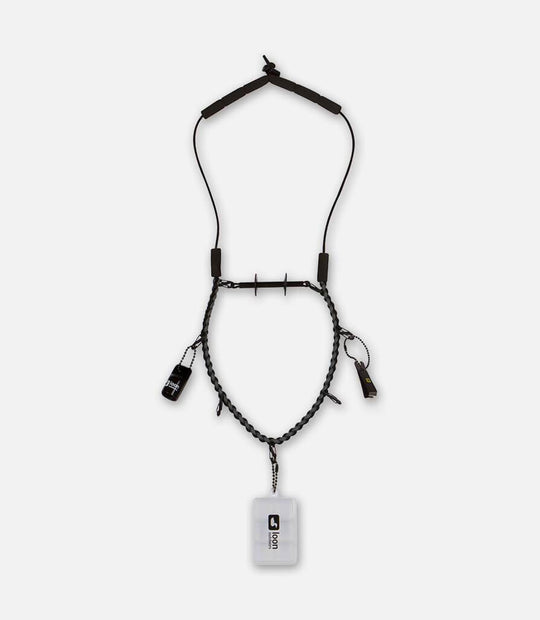A micro-abrasive cloth that strips out deep-lying dirt without roughing the line.
FEATURES:
• A micro abrasive fly line cleaning pad that strips out the deep-lying dirt without roughing the fly line
• Apply a thin coat of AgentX line dressing after use for maximum benefit.
• 4 pads per pack.
FLY LINE CARE AND MAINTENANCE
In this modern age of the "throw-away" society few anglers take care of their gear. People are accustomed to the attitude that once something breaks, or wears out, it is easiest to replace it. Of course, this is a great attitude for the manufacturer and the dealer who will happily sell you another item, but if you are one of the few that like to look after things, here are some tips for how to get the best out of your fly line:
CLEANING - 1ST STAGE:
Clean your line: A fly line gets dirty like anything else, and should be gently cleaned after being used for any length of time. Simply put your line in a solution of warm water and a mild soap (Ivory is particularly good) and wipe the fly line down with a soft cloth. This action is particularly recommended after saltwater fly fishing or when fishing from the edge of a lake or a river. The ground the line is lying on will have plenty of dirt and mud that will be picked up by the wet fly line. Fishing out of a drift boat also creates many problems as the fly line will pick up muck from the bottom of the boat, as well as invariably being stood on. Believe it or not, a fly line can get dirty from water as well. Dirt, algae and dust that are dissolved in water will adhere to the outer skin of a fly line. This is why we make most of our fly lines hydrophobic - they repel water. After wiping the line clean, apply a light coating of a fly line dressing. This will help to re-lubricate the line and gives the fly line a slick and clean finish. RIO's AgentX Fly Line Dressing has been specially formulated for this, and is highly recommended for all modern fly lines. Follow the directions on the back of the bottle for best application. We strongly suggest not using the many automotive products that are recommended for cleaning fly lines. These products have chemicals in that will certainly de-plasticize the fly line, leaving it dry and cracked over time. Use a cleaning agent manufactured and sold by a fly line company.
CLEANING - 2ND STAGE:
If a fly line gets really dirty and the microscopic pores start to fill with muck, simply wiping the line down with a wet cloth will not do the job. In situations like this use a very fine abrasive fly line cleaning pad. The super fine abrasives in specialty pads like this will strip out the deep-lying dirt without roughing the fly line. A great product from RIO is the Wonder Cloth. These easy to use pads have the necessary micro-abrasive surface. Just fold the pad around the fly line and pull the line through a couple of times. Sometimes it can help to moisten the pad. Each time the line is pulled through the pad a layer of pore-deep dirt will be stripped off. Continue to do this until the cloth remains clean after stripping the line through. One advantage of RIO's Wonder Cloth is that it can be thrown in the laundry with your whites and washed completely clean and reused again and again. After using the Wonder Cloth apply a light coating of AgentX Line Dressing to keep your fly line in tip top condition.
CAUTION! Modern fly lines are made with a pvc (polyvinylchloride) plastic coating. Within the balance of the coating are a number of chemicals that essentially act as moisturizers. These chemicals keep the plastic coating supple and strong and prevent it from drying out, or de-plasticizing. The course of time and ultra-violet rays has an aging process that will eventually make the fly lines dry out and crack. This process can happen much faster if the fly line comes into contact with a variety of every day chemicals. Sun screen, deet (in insect repellents) and aerosols are notoriously bad for fly lines and will rapidly accelerate the deplasticizing process. Avoid contact with these at all times on your fly line. Finally, avoid leaving a fly line on the dash or in the trunk of a car as the heat will again accelerate the de-plasticizing process.







